People’s Heights Project
Teaching the People’s History of Washington Heights and Uptown NYC…
A project in collaboration with Daniel Joslyn.
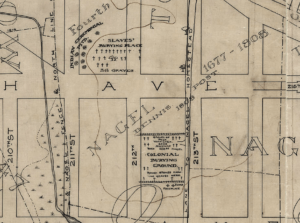
African burial grounds in Inwood, Upper Manhattan. 10th Ave between 211th and 212th St. For more information, visit the New York Cemetery Project.
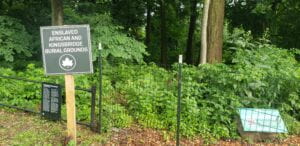
African burial grounds in Van Cortlandt Park, in the Bronx. Photo by Roman Chacon. For more information, visit NYC Parks and the Van Cortlandt Park Alliance.
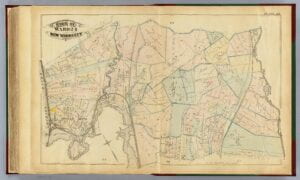
Spuyten Duyvil, Marble Hill, Kingsbridge, and Fordham, when the Bronx was predominantly farmlands in 1879. Note that Marble Hill was still attached to Manhattan. For more information and other historic NYC maps, visit the David Rumsey Map Collection.
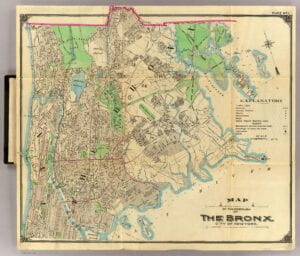
The streets of Upper Manhattan and the Bronx, as planned in 1900, a few years before the subway would reach Washington Heights, and well before the era of the automobile and the construction of the George Washington Bridge and Cross-Bronx. Note variations in street names, like Kingsbridge Road for Broadway and 11th Avenue for St. Nicholas Avenue.
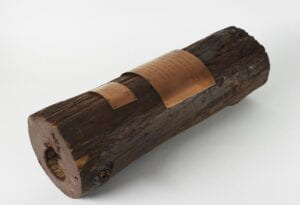
This is a section of the city’s first water system from around 1800, excavated in lower Manhattan. In the late 1700s and early 1800s, New York was growing rapidly and there was not adequate water or sewage to meet the needs of the people. Aaron Burr’s Manhattan Company was tasked with building a water system to bring fresh, clean water to the city. The only problem with the Manhattan Company was that it had little intention of making a functioning water system and instead was more concerned with maximizing profits and entering the world of banking, and supplanting the banking monopoly had by Alexander Hamilton’s Bank of New York. In order to maximize profits, the Manhattan Company cut some major corners, including using wood piping instead of more conventional materials such as metal, ceramic, or cement. In the first decades of the 1800s, New York experienced multiple waves of cholera epidemics. The Manhattan Company sold the water supply and became exclusively a bank. The Manhattan Company, after a series of mergers in the twentieth century, later became Chase Bank. Object from the Museum of the City of New York.
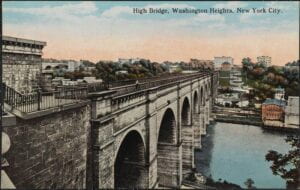
To rectify this problem, the City and the Army Corps of Engineers constructed the “old” Croton Aqueduct. Although this new water system was designed around more utilitarian principles, the potential for profit shaped the course of the new aqueduct as well. The construction of High Bridge as an above ground aqueduct, and one of the first bridges into Manhattan (before the Brooklyn), was not so much out of engineering necessity as it was to increase the aesthetic appeal of the area and potentially stimulate real-estate speculation in upper Manhattan and the Bronx. Print from the Museum of the City of New York.
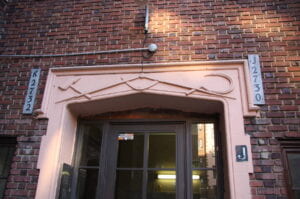
Hammer and sickle doorway at the historic United Workers’ Cooperative Colony, on Bronx Park East and Allerton Avenue. In the 1920s, as uptown was being developed, communist and socialist labor unions created the first cooperatively-owned housing. One of the most significant of these developments were the “Coops” (above), followed an earlier United Workers’ Union-sponsored cooperative housing at Madison Avenue and East 118th Street. That building was demolished to make way for condos, and the “Coops” were sold to a private landlord, but other developments still exist south of Van Cortlandt Park, such as the Amalgamated Clothing Workers’ Houses. For more background, read The Rise and Fall of the Coops. Photo from Finding Utopia in the Bronx.
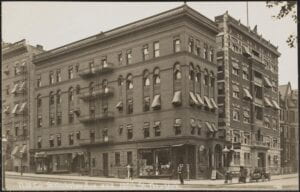
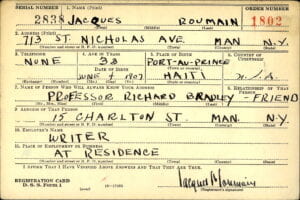
The history of uptown radicalism was also international in scope. In the late-1930s and early-1940s, Caribbean writer and founder of the Haitian Communist Party, Jacques Roumain lived at St. Nicholas Avenue and 145th Street, in the townhouse at the right-hand side of the photo above. Photo accessed from the Museum of the City of New York. Document accessed from Ancestry.com and the National Archives.
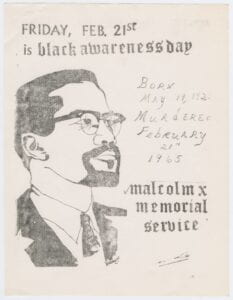
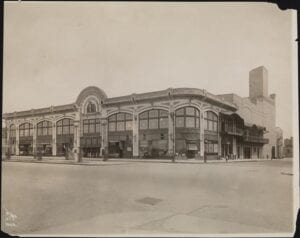
The paths of other notable black radicals passed through Washington Heights. For instance, Malcolm X was assassinated on 21 February 1965, at the Audubon Theatre Ballroom, at Broadway and 165th Street. The facade of the original building still exists. Photos accessed from the New York Public Library and the Museum of the City of New York.
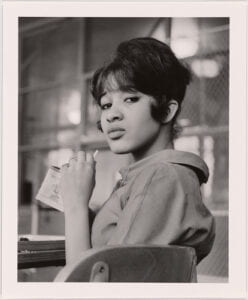
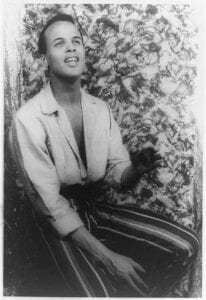
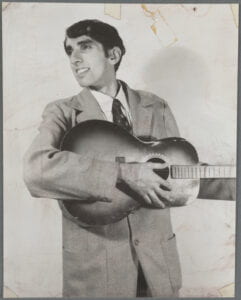
Many great musicians came from Washington Heights. Left to right, Ronnie Spector, Harry Belafonte, and Tiny Tim (all of them attended George Washington High School). For a sampling of their music, along with that of other artists associated with Upper Manhattan and the Bronx, listen to the People’s Heights Playlist. Photos accessed from the Smithsonian National Portrait Gallery, the Library of Congress, and the New York Public Library.
Enjoy!
